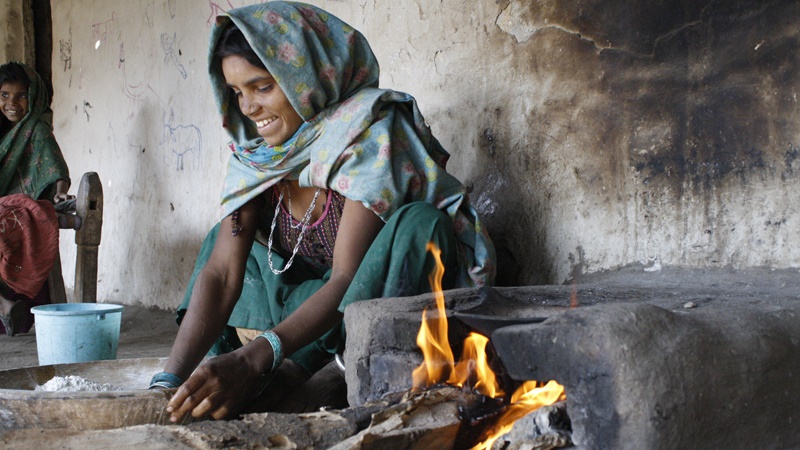Consumer subsidies on fossil fuels around the world totalled about USD 500 billion in 2014.
Although such policies typically aim to benefit the economy and low-income households, a large body of evidence finds that, in aggregate, these policies are very inefficient in serving those goals. For example, they often benefit richer people more than the poor.
Reforming fuel subsidies can free up resources to better meet economic and social goals.
For example, reforms in Indonesia freed up about USD 15 billion that was reallocated to ministries, state-owned enterprises and to regions and villages, supporting infrastructure, health care, education and other goals.
Many governments recognized this and have introduced reforms in recent years.
Mapped: Fossil fuel subsidy reform through 2013-14 pic.twitter.com/ANU39V9ZdL
— Climate Home News (@ClimateHome) June 15, 2016
Yet one key question remains mostly unexplored: Do existing subsidies – and policies to reform them – affect men and women differently?
That is a critical knowledge gap, given the serious problem of gender inequality around the world.
Without a solid evidence base, how can governments tailor policies to ensure that they promote both women’s and men’s welfare, and improve gender equality, rather than undermine it?
A four-year project led by our institute’s Global Subsidies Initiative is exploring the impact of cooking and lighting fuel subsidies on women in low-income households and the likely impact of reforms under consideration.
Funded by the UK Department for International Development (DFID), the project focuses on Bangladesh, India and Nigeria, but also draws on examples from other countries.
Energy access
Our main question is how subsidies affect access to cleaner cooking and lighting fuels (LPG, kerosene and electricity) and the implications for women in low-income households.
For example, are official subsidies actually reflected in retail prices? Are there transaction costs that discourage women from accessing the subsidy? And what role does price play in determining households’ overall access to and use of different fuels?
We will also examine the implications of the subsidy–access relationship for women’s welfare, productivity and empowerment. In addition, we will look at how energy subsidies and reforms around the world have affected women, and how policies can be targeted to better address the needs of women.
Our initial research, based on past studies, suggests that significant proportions of society, especially those living in poverty and/or in rural areas, do not greatly benefit from current energy subsidy schemes.
We found that the gender-differentiated impact of energy subsidies and their reform are very context-specific, but it is clear that the approach taken can make a real difference for poor women (see table).
Understanding these dynamics better will enable governments to improve the targeting of energy subsidies, with significant implications for policy design, gender equality and access.
We hope that the outcomes of our project will enable governments to make more informed choices in future reforms.
Potential compensation options
-Women can be made recipients of transfers, such as LPG coupons or vouchers
-Build infrastructure for women’s needs: wells to save time on water collection; street lighting to reduce violence
-Make women recipients and owners of any assets (e.g. stoves, cylinders)
-Make women direct recipients of subsidies
Fuel subsidy reform represents an enormous opportunity to advance the goal of sustainable energy for all, but good policy design is crucial. Without attention to gender-differentiated impacts, energy subsidies will not benefit low-income women, and reforms may come at an enormous cost to them.
In particular, the removal of subsidies on cooking and lighting fuels can have negative impacts on women. Not only can it reduce access to clean and modern energy, but it can lead to reduced household expenditure on women’s needs, such as health care.
Governments should consider adopting a “precautionary principle” and carefully examine how women and men will be affected by subsidies and reform policies.
With the resulting knowledge, they can then design more targeted – and effective – interventions.
Shruti Sharma is coordinator of the India Program of the Global Subsidies Initiative (GSI) at the International Institute for Sustainable Development. Laura Merrill is a senior researcher for the GSI. Christopher Beaton is a research and communications officer, and Lucy Kitson is a research officer.
This post is part of a series written for “The Politics of Fossil Fuel Subsidies and Their Reform“, a workshop co-hosted by Lund University and the Stockholm Environment Institute at SEI in Stockholm on 16–17 June.
